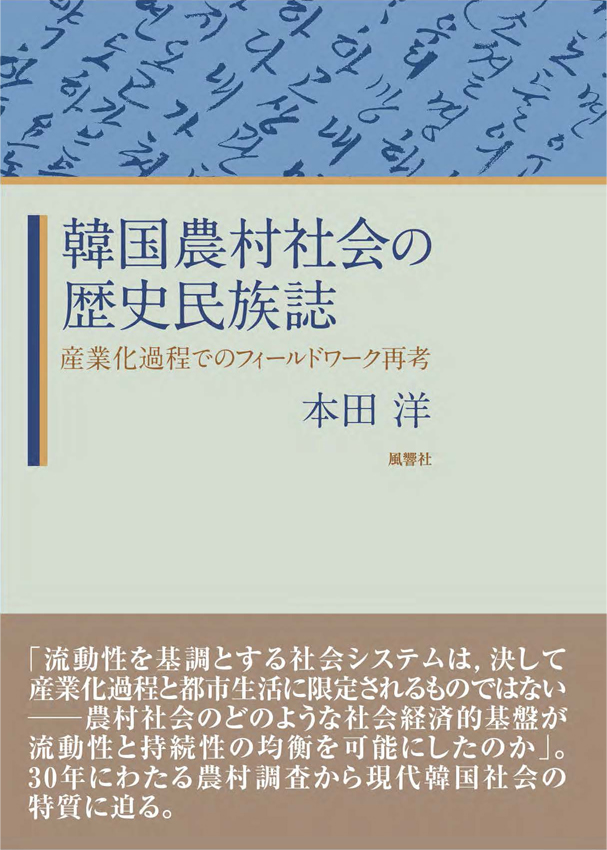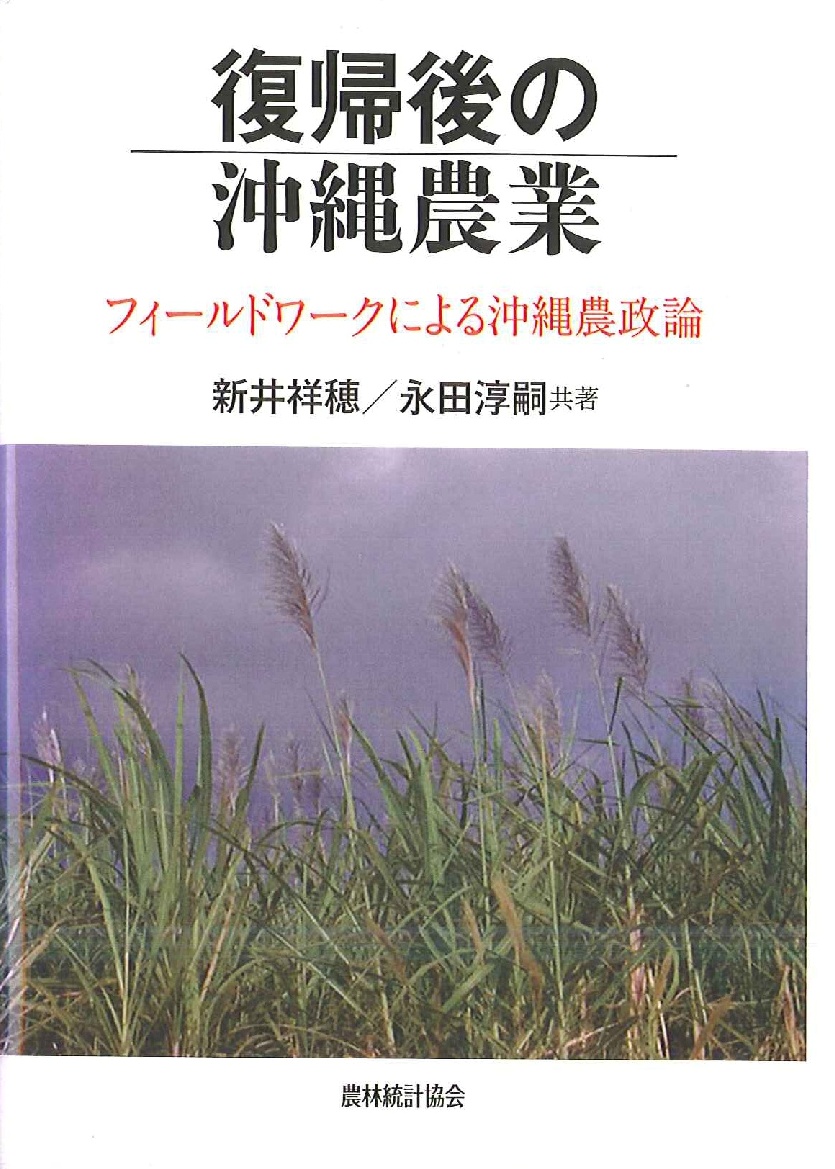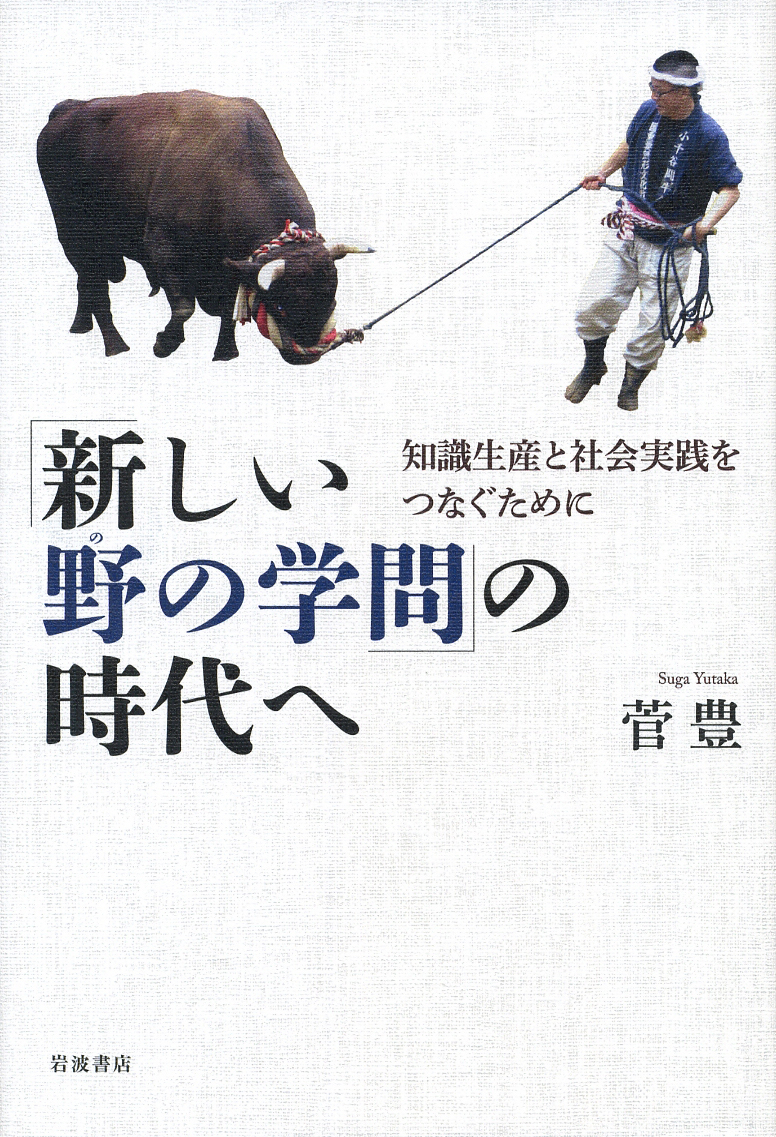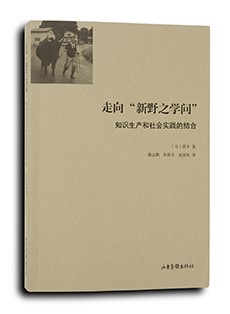
Title
Kankoku Nousonshakai no Rekishiminzokushi (Historical Ethnography of Korean Rural Society: A Redescription of My Fieldwork during the Process of Industrialization)
Size
488 pages, A5 format
Language
Japanese
Released
October 30, 2016
ISBN
978-4-894-89233-0
Published by
Fukyosha Publishing
Book Info
See Book Availability at Library
Japanese Page
This book redescribes and reanalyzes the ethnographic materials collected through my field research in the late 1980s in a South Korean rural village fictively named Y-maŭl. The method of historical ethnography adopted here is to analytically describe ethnographic materials as being produced and reproduced in particular socio-economic circumstances, while reconstructing the historical context. The book comprises an introduction, three parts made up of nine chapters, and a conclusion.
Y-maŭl was in the process of drastic socio-economic change when I carried out the field research from 1989 to 1990. During a stay lasting slightly more than a year, it was extremely difficult to objectify miniscule changes in the field site by distinguishing phenomena that were changing from phenomena that were durable, or by identifying phenomena that were emerging in the process of change. In the introduction, I seek out methods to overcome these difficulties and set out the two kinds of approaches followed here. One is to focus on the reproduction processes of families and the village community and to describe and analyze these in detail as processes whereby various necessities for subsistence and material and/or symbolic values were at odds with each other, and were reconciled through negotiation and compromise. The other is to reinterpret these reproduction processes in the context of the long duration of South Korean rural society since the 17th century. This was a society in which a peasant mode of production was formed and developed while Neo-Confucian ideas and manners governing behaviors and rituals were gradually spreading into every corner.
Part one consists of four chapters that on the one hand reconstruct the long-term socio-economic context since the 17th century, as well as its modern-cum-colonial reorganization, and on the other hand examine communal practices by the Y-maŭl villagers during the colonial period and their life histories before industrialization. Part two consists of three chapters that deal with peasant strategies for the reproduction of family and their transformation in the process of industrialization. Part three consists of two chapters that contextualize the status quo of the village at the ethnographic present of my fieldwork, focusing mainly on village community and practices of filial piety.
The conclusion sums up the discussion above and indicates its points of significance. Here, three points are especially worth noting. Firstly, the study proves that in the long term, South Korean rural society since the 17th century can be characterized as involving dynamic socio-economic equilibrium oriented toward the reproduction of small-scale peasant households. The examined processes of reproduction of the egalitarian community were oriented to provisional equilibrium as well. Secondly, the study indicates that changes in the family and the village community during the process of industrialization can be characterized as rearrangement of this dynamic equilibrium, which had the capacity for durability while incorporating change. Thirdly, the study depicts signs of erosion of Confucian patriarchy at the time of my fieldwork. These points of significance and the method of historical ethnography (as well as contrastive ethnography) employed here can, I believe, contribute to bridging the gap between conventional community studies of Korean rural society and ethnography of the urban society or neo-liberalist regime of the present-day South Korea.
(Written by HONDA Hiroshi, Professor, Graduate School of Humanities and Sociology / 2017)



 Find a book
Find a book




